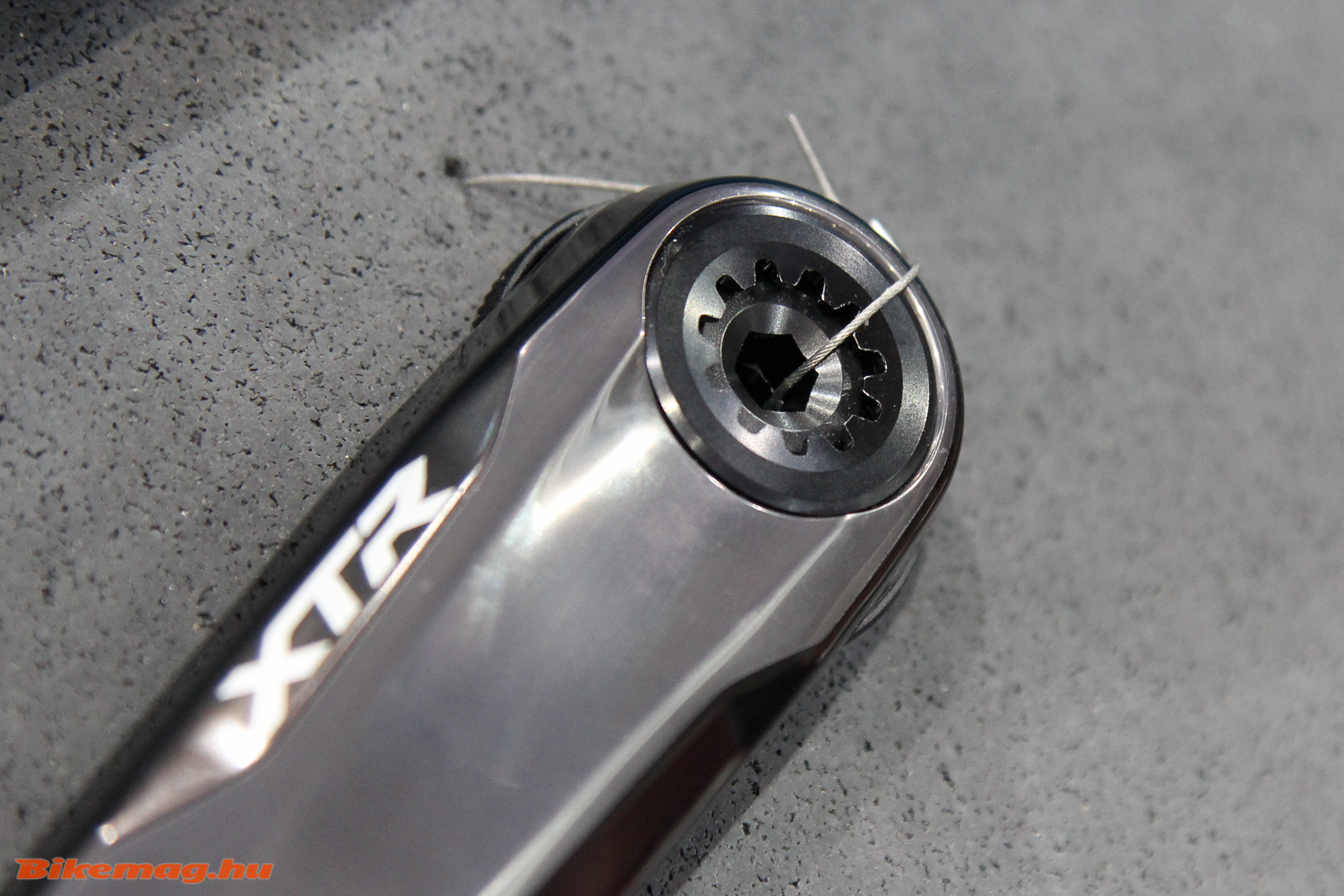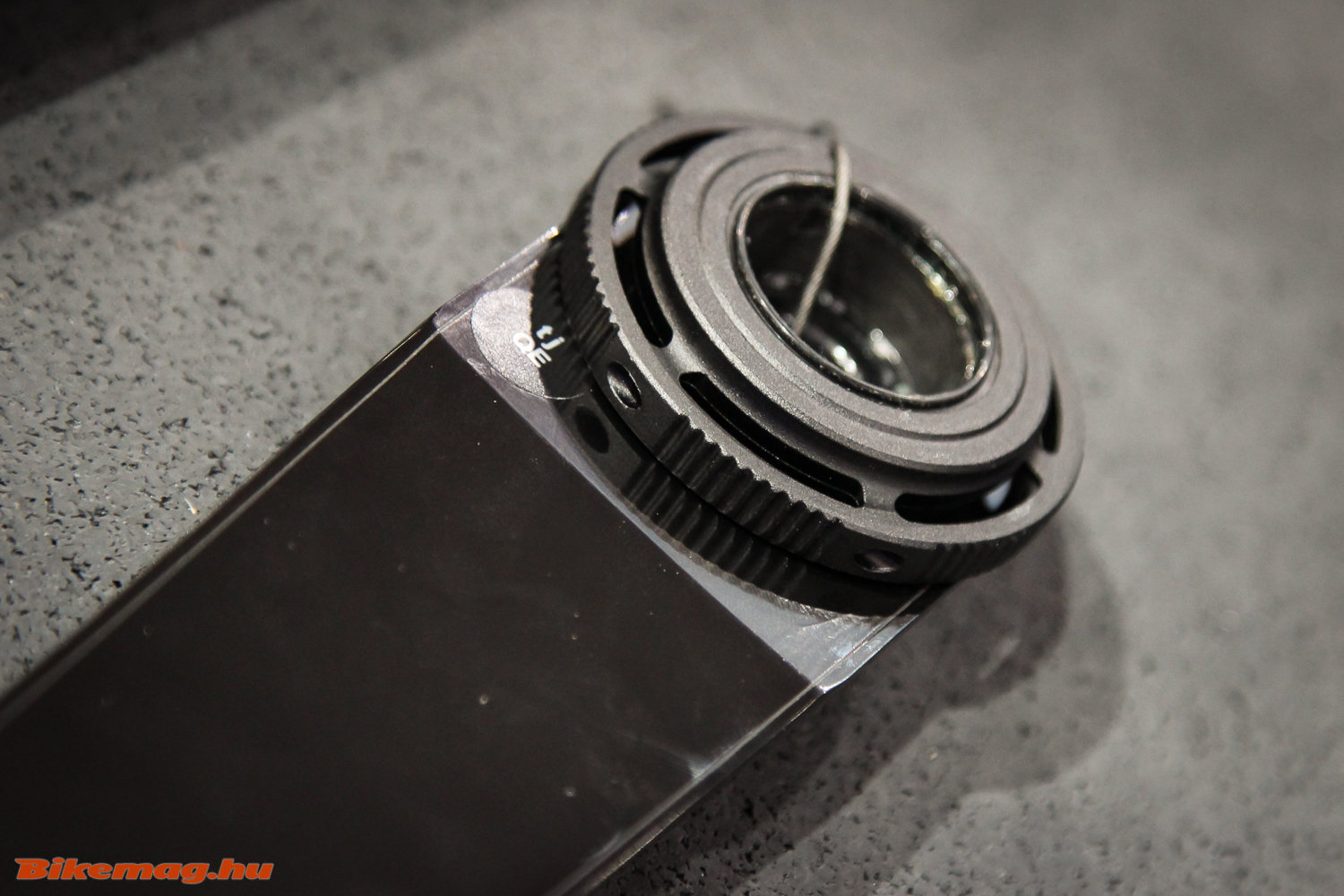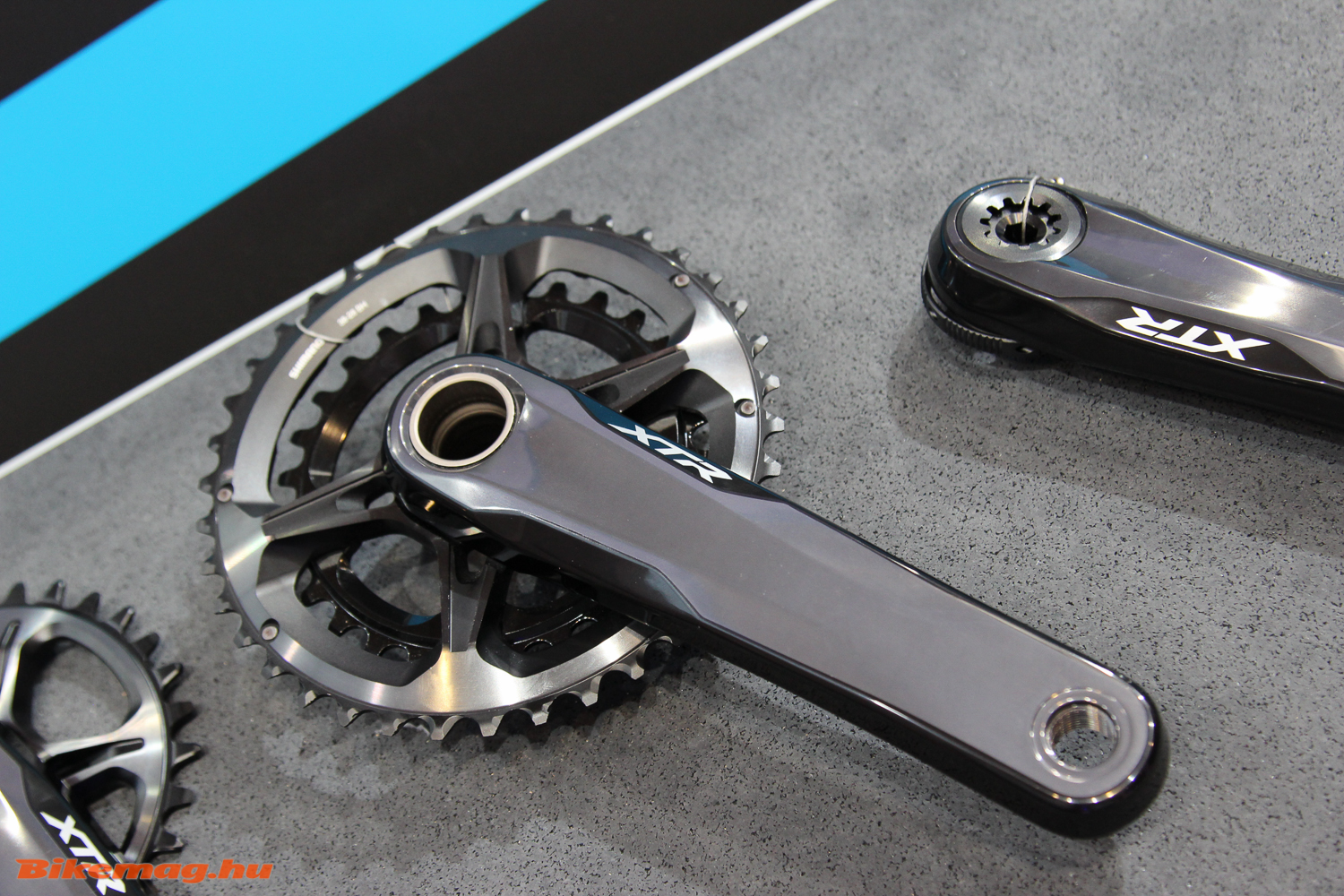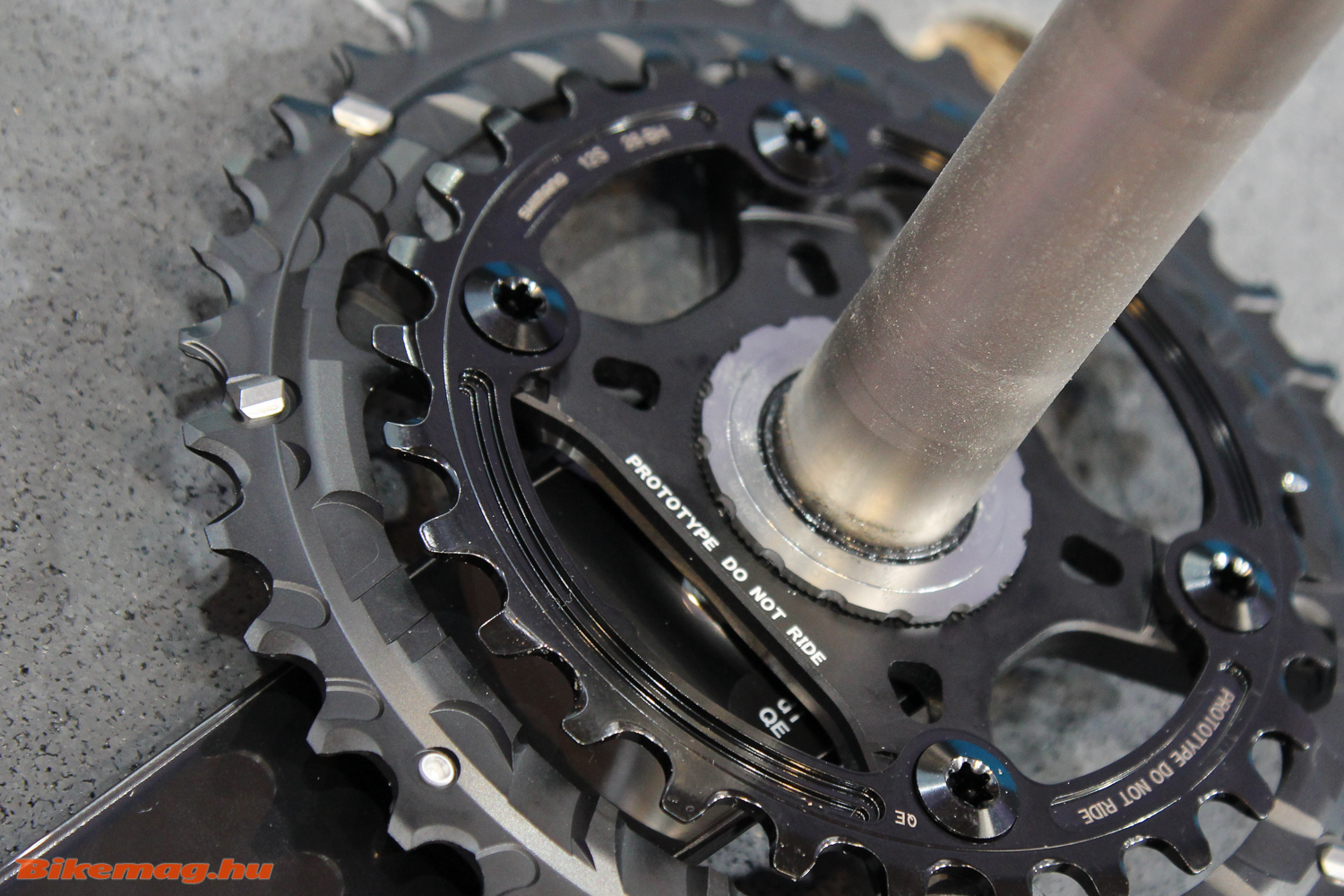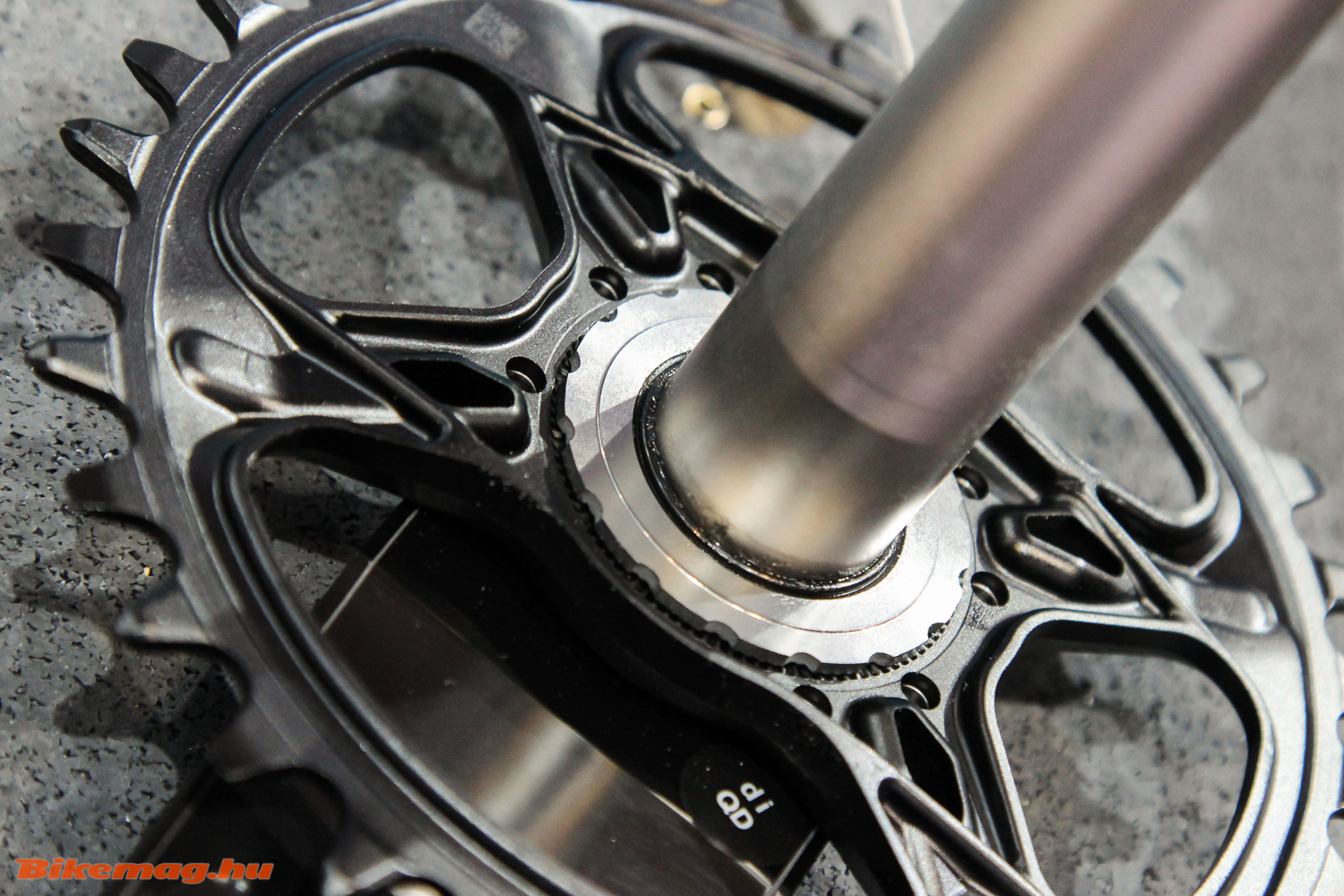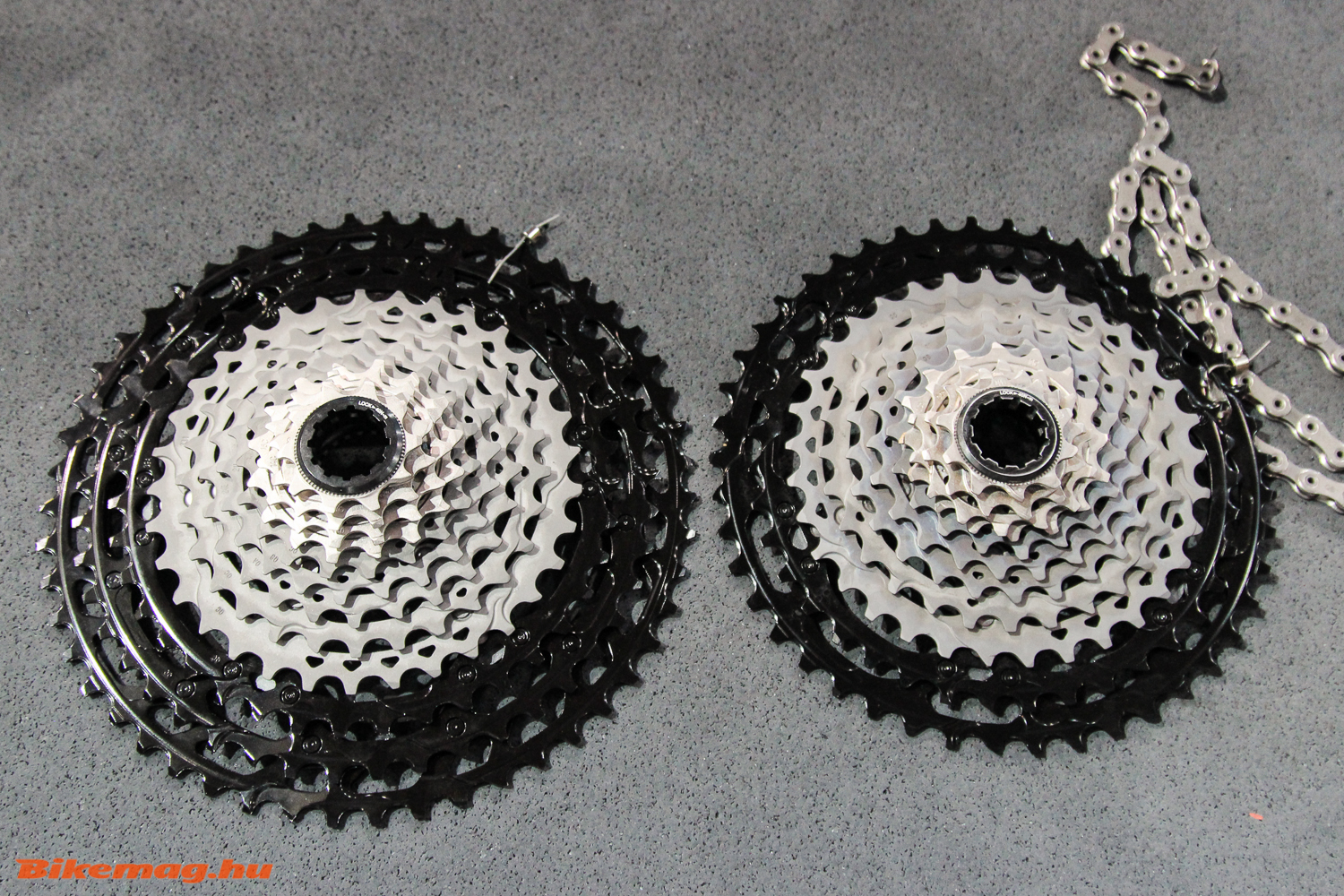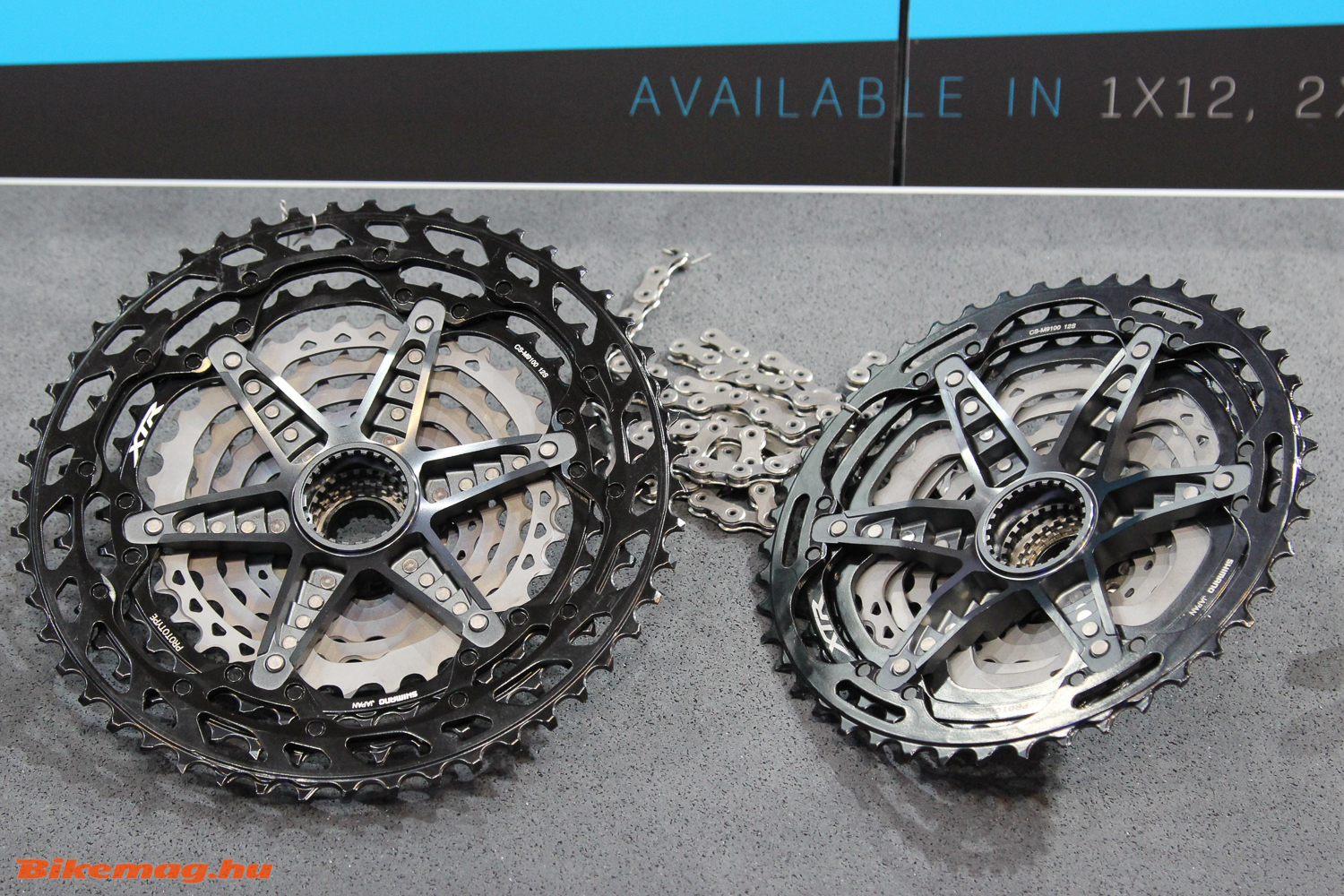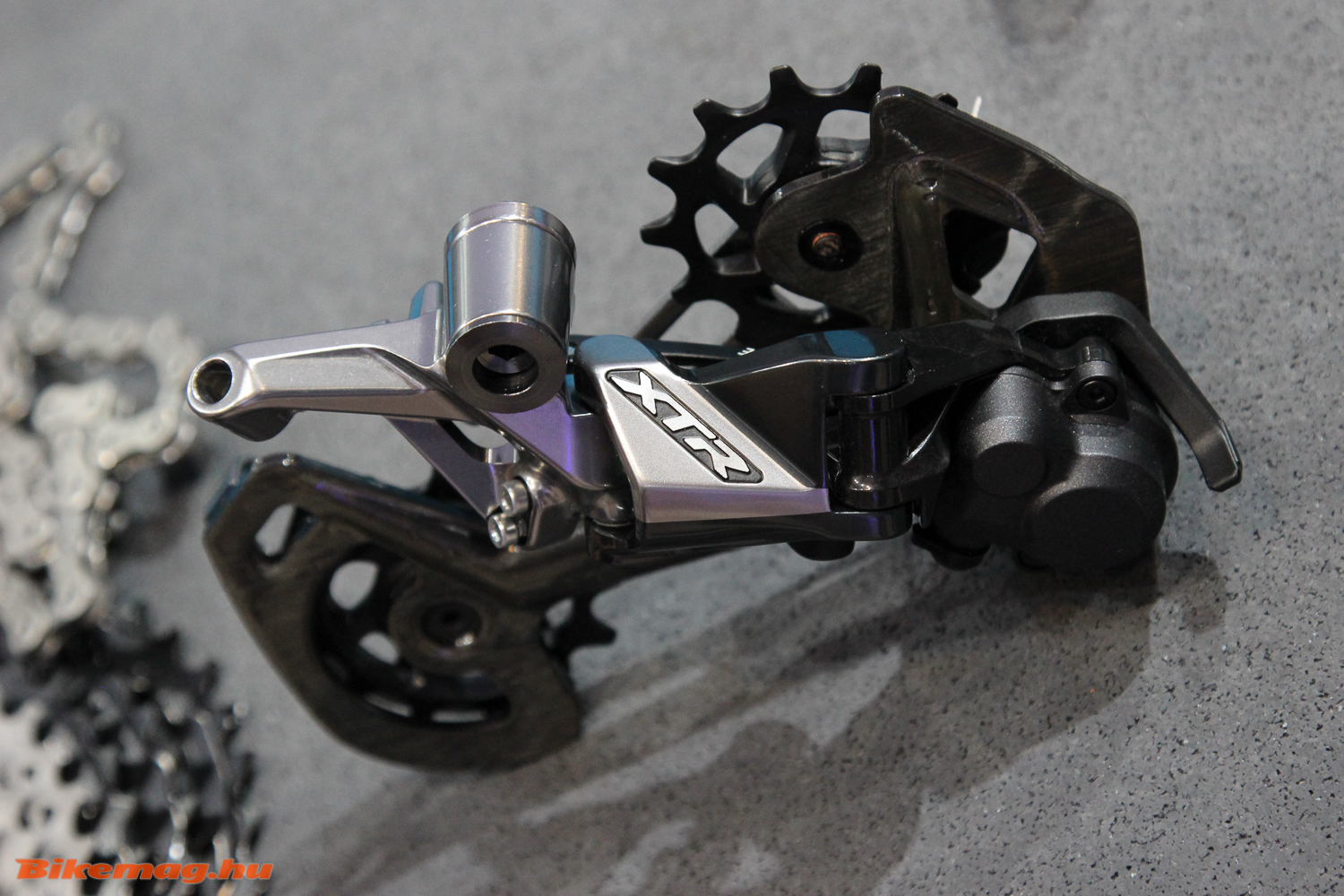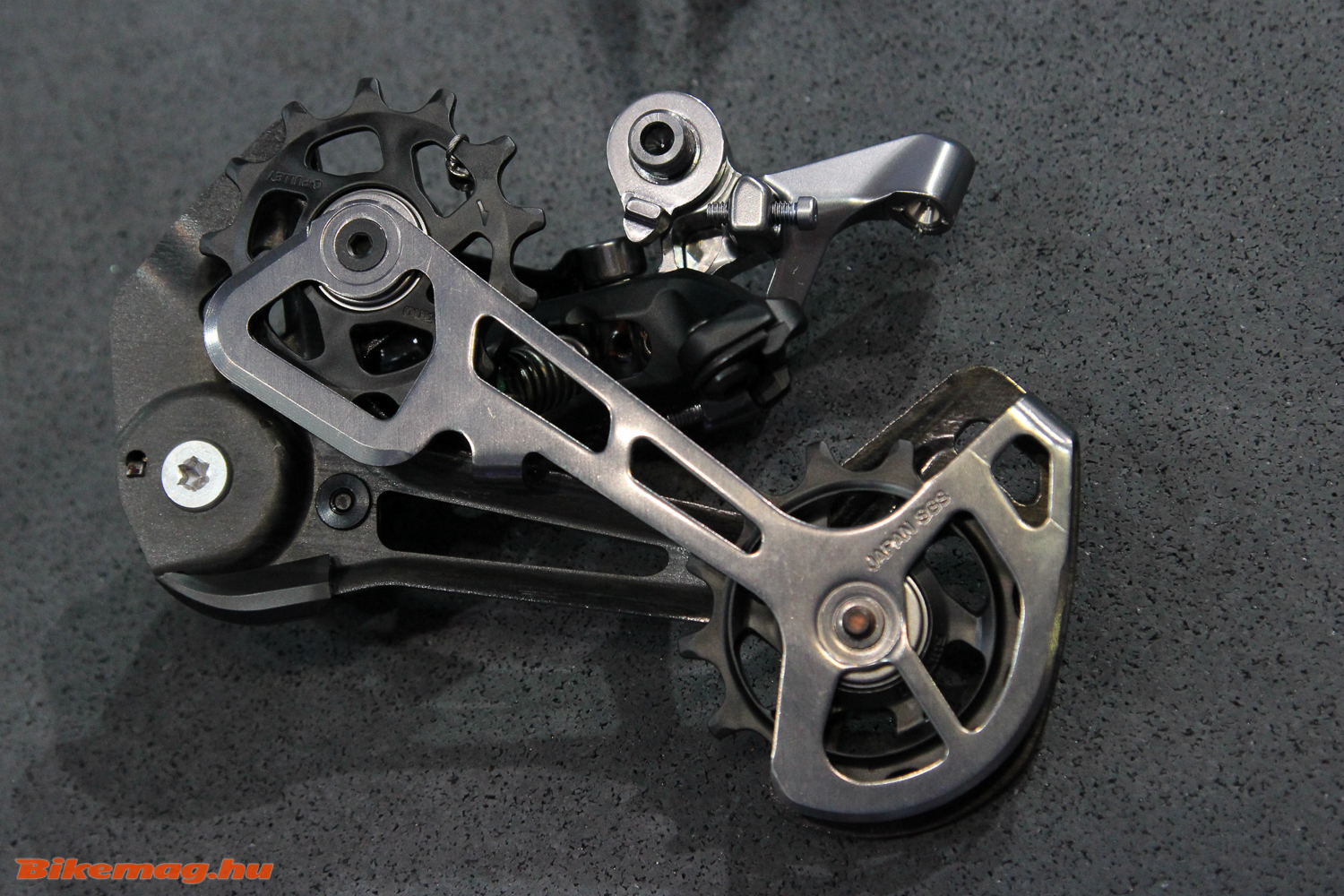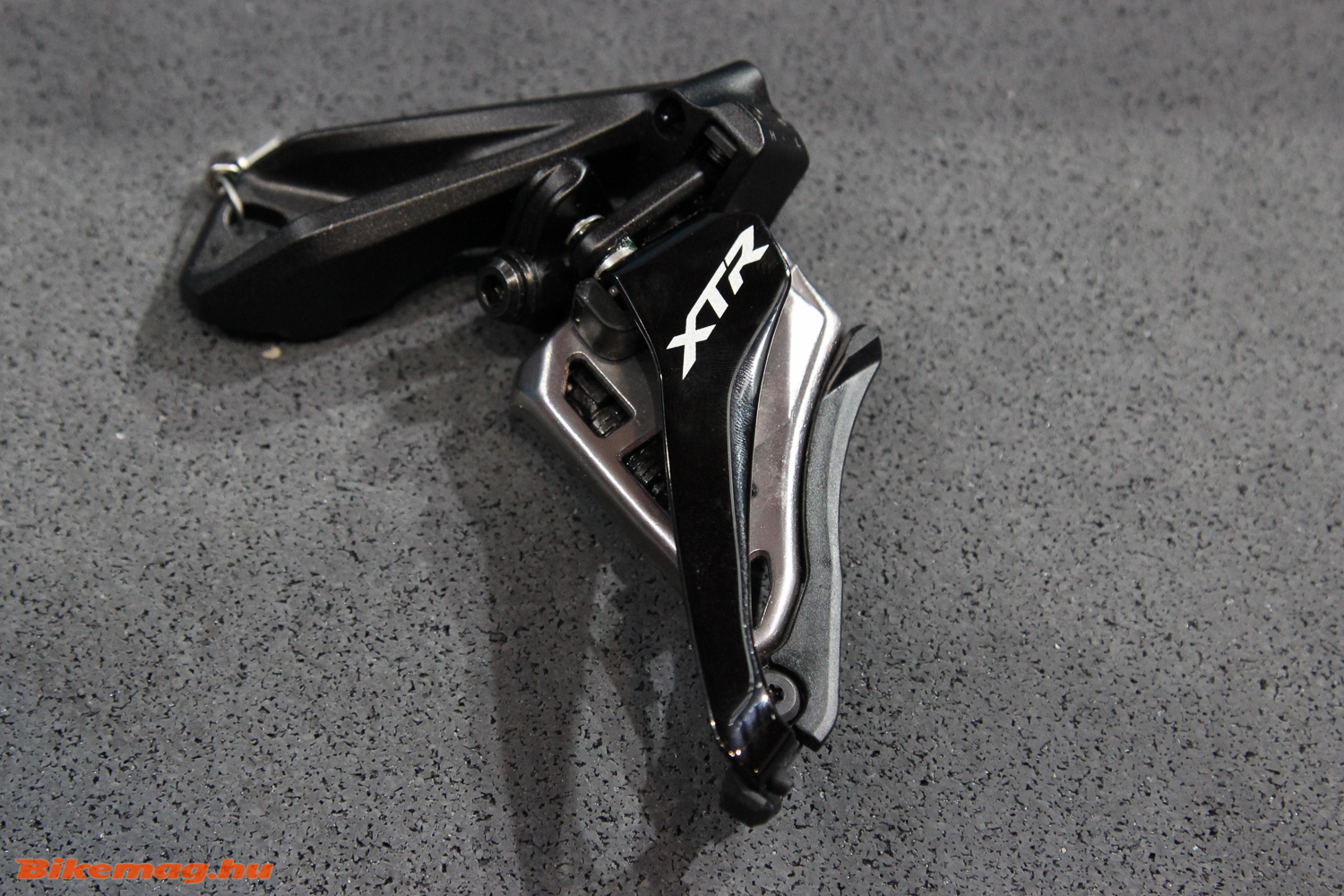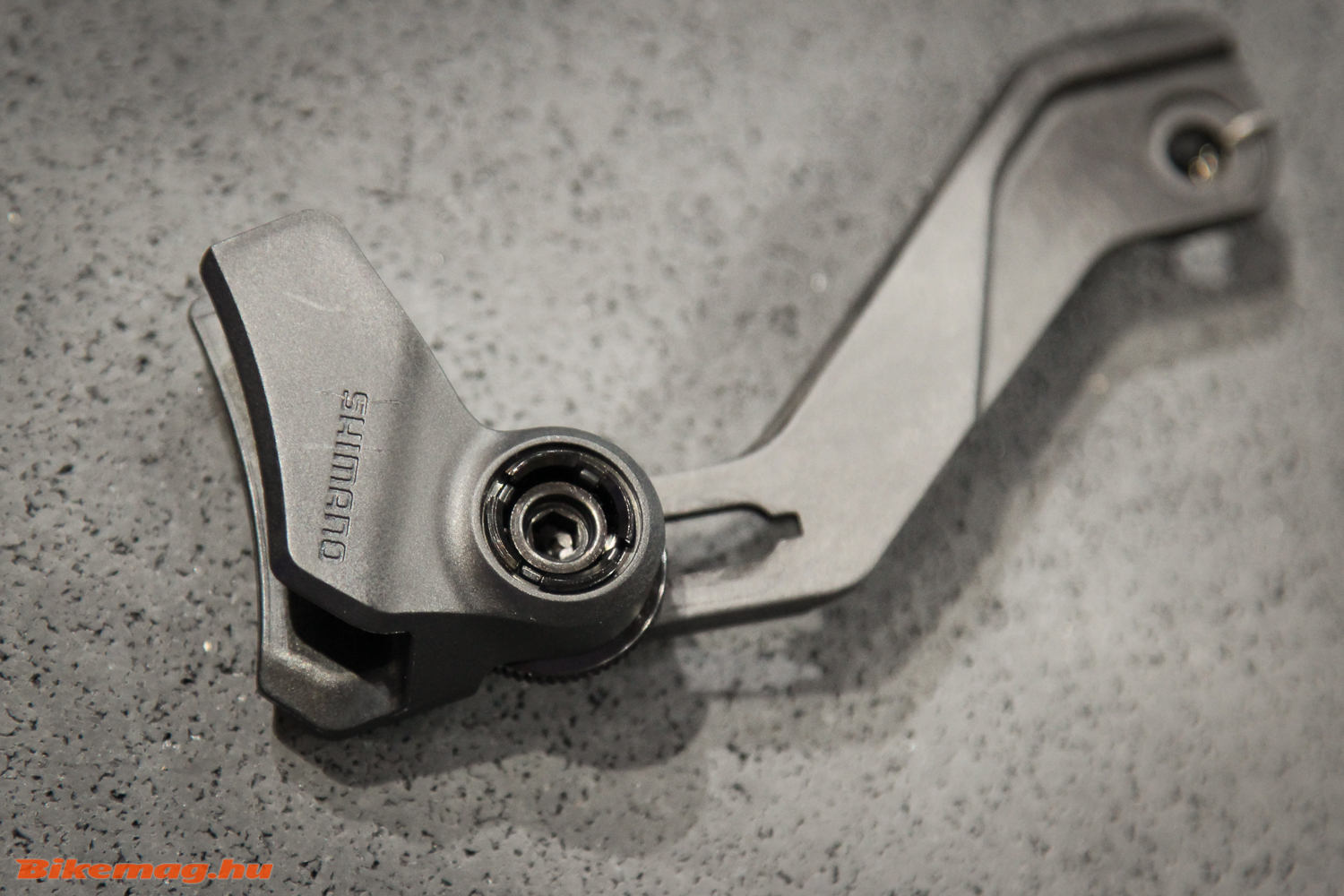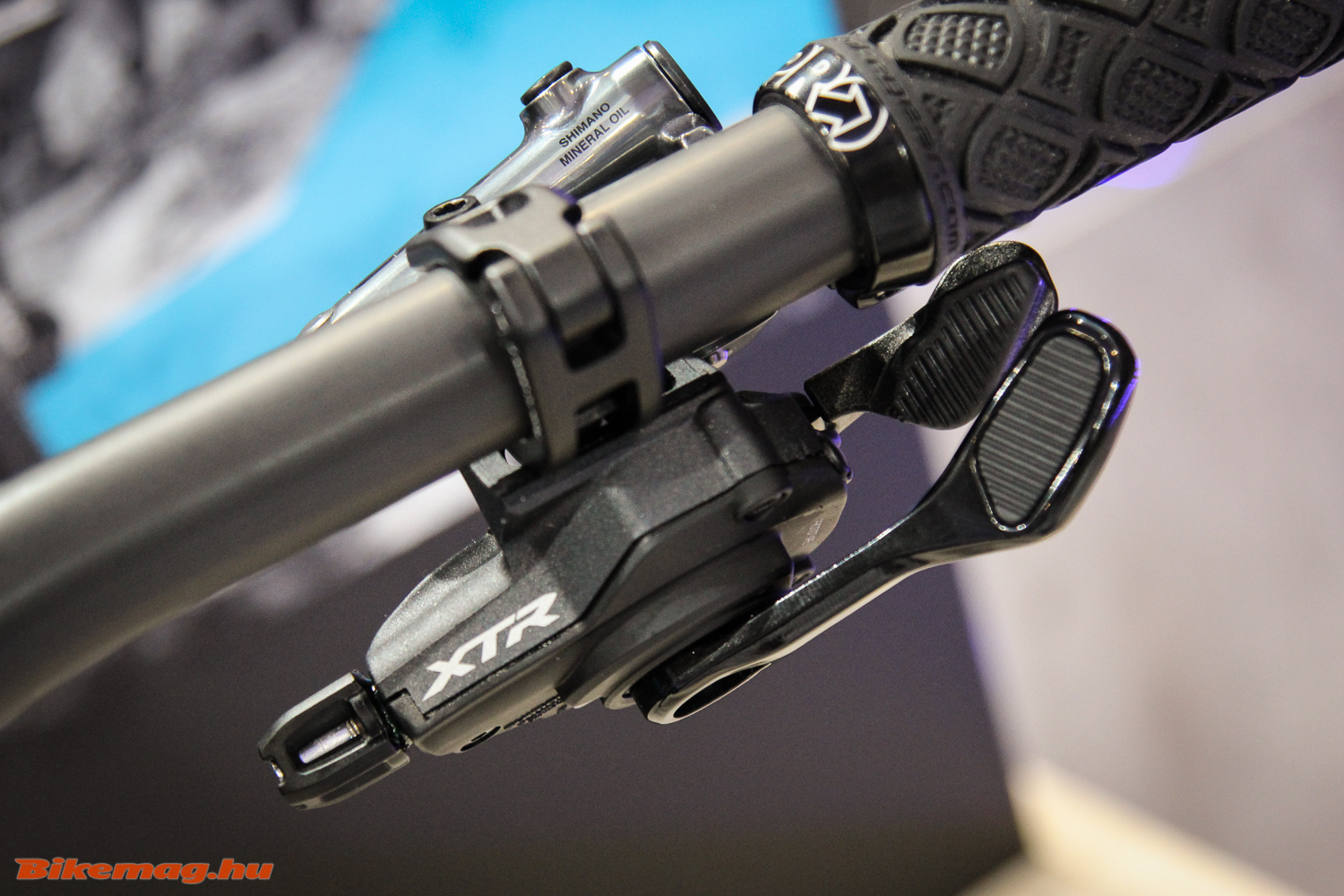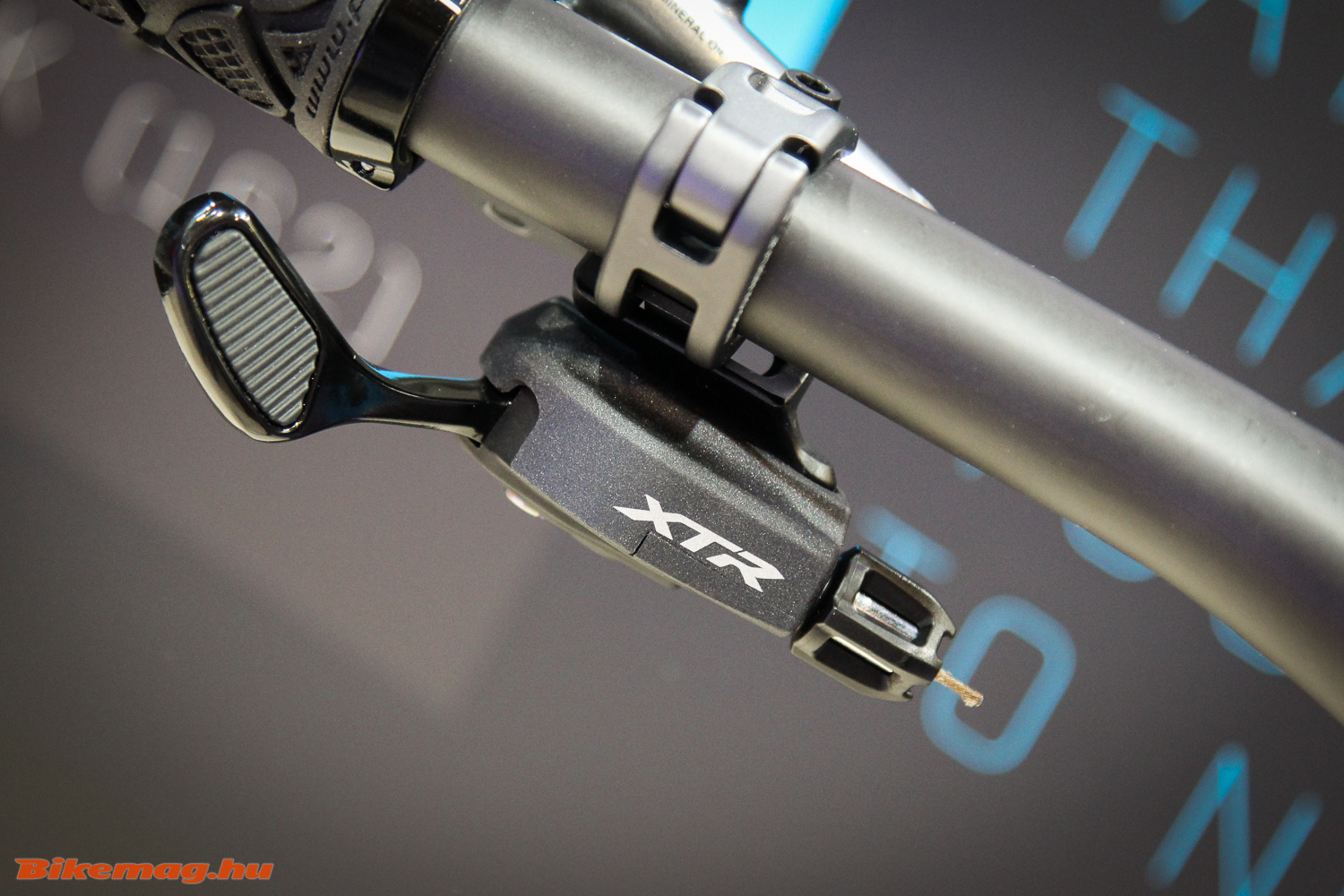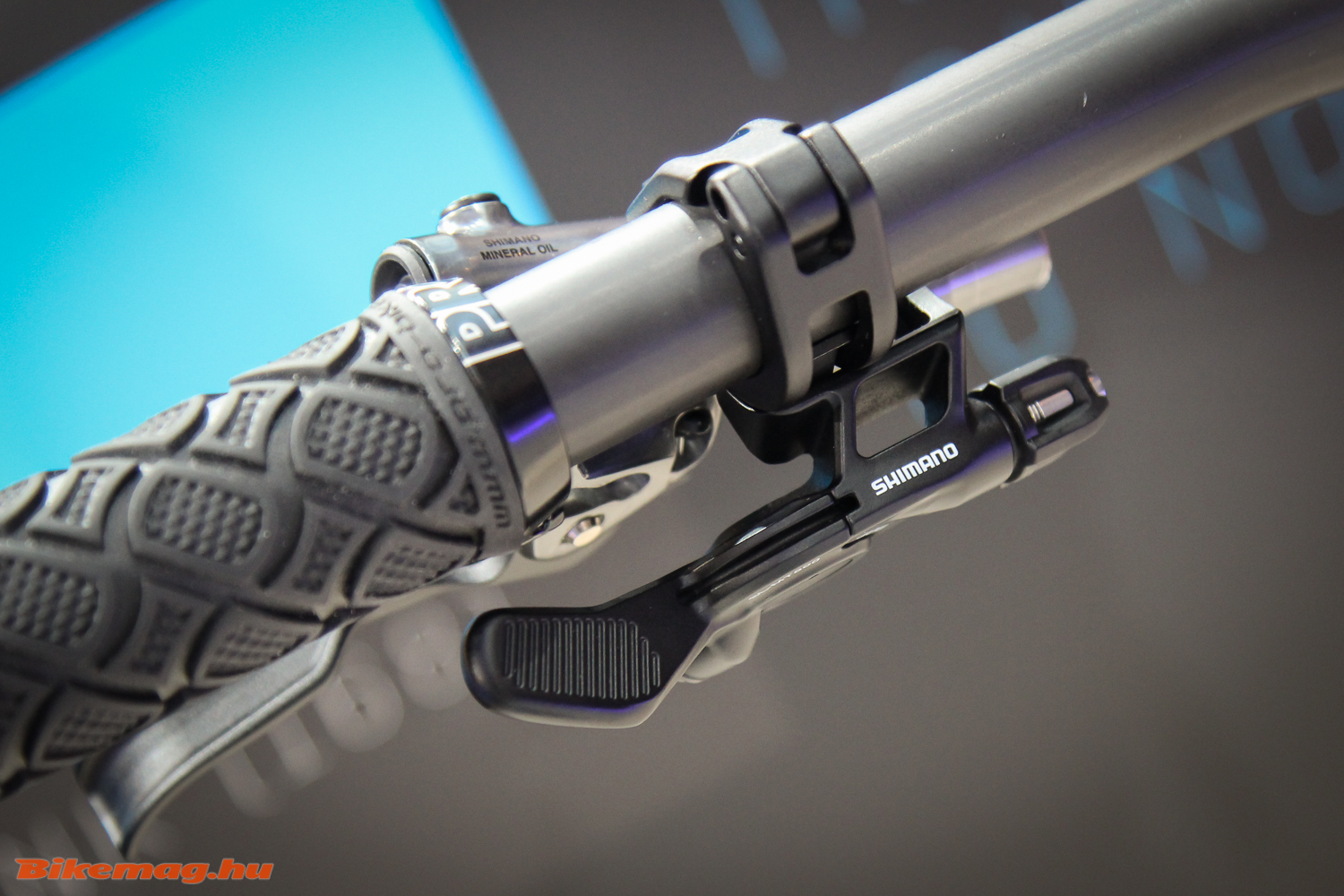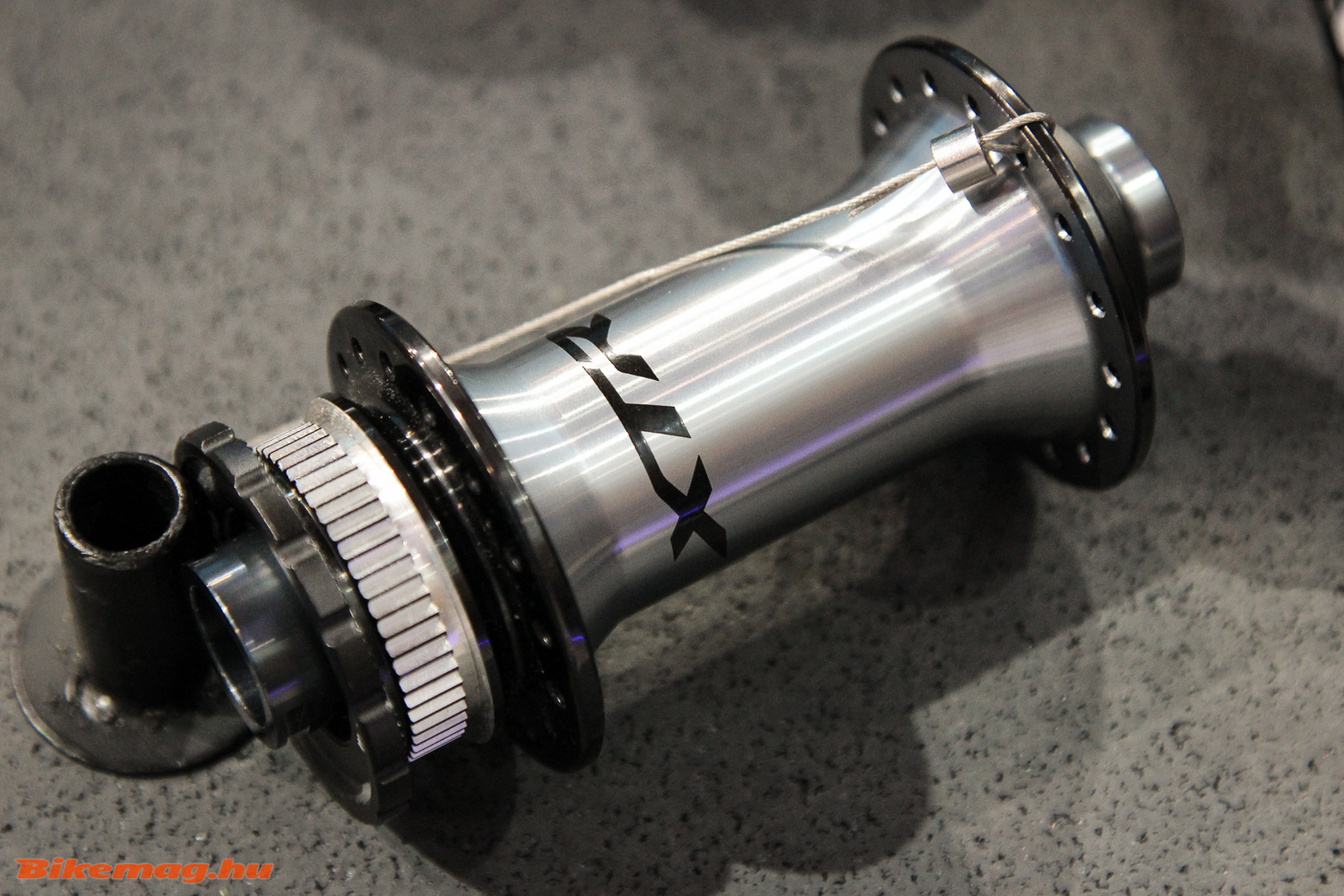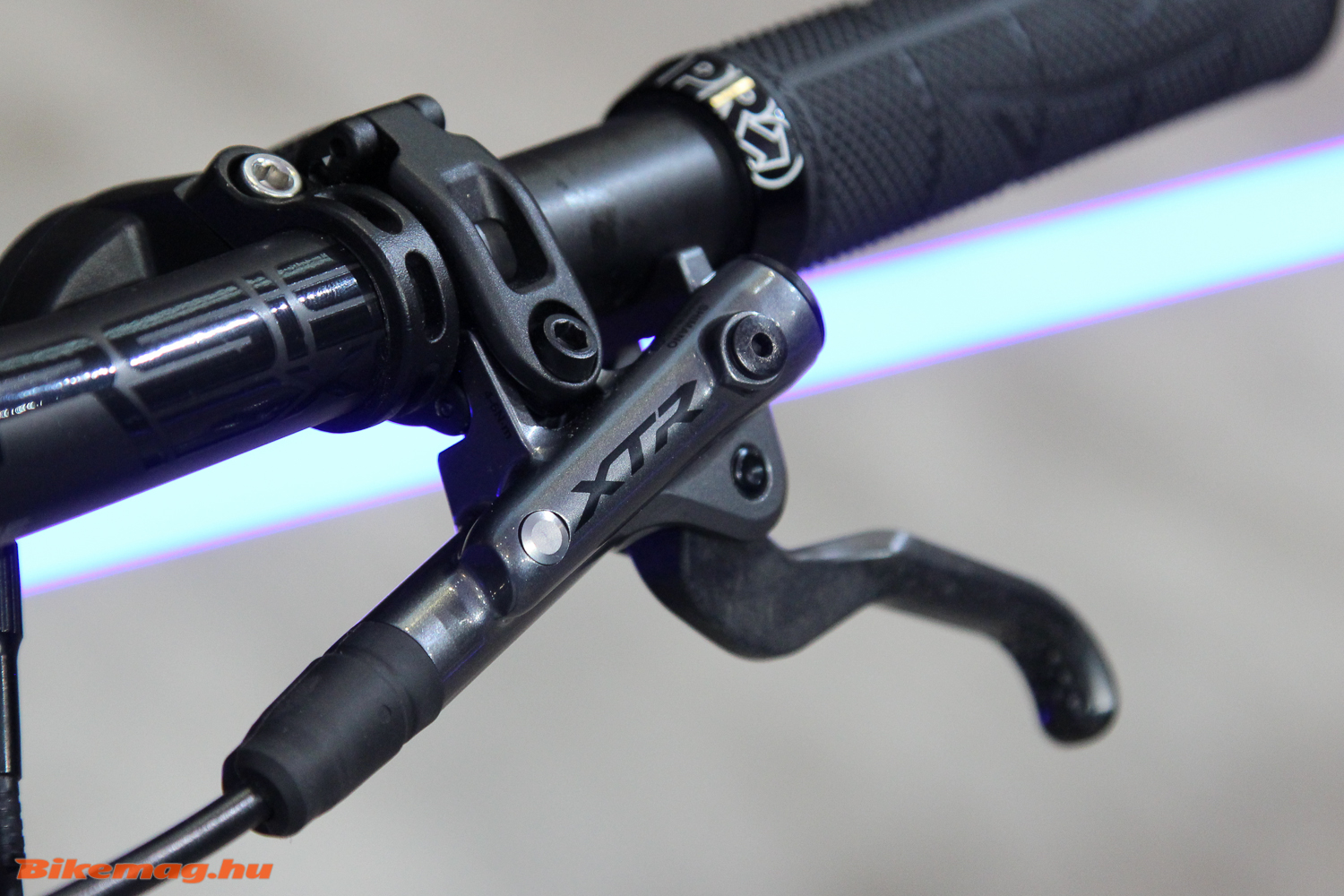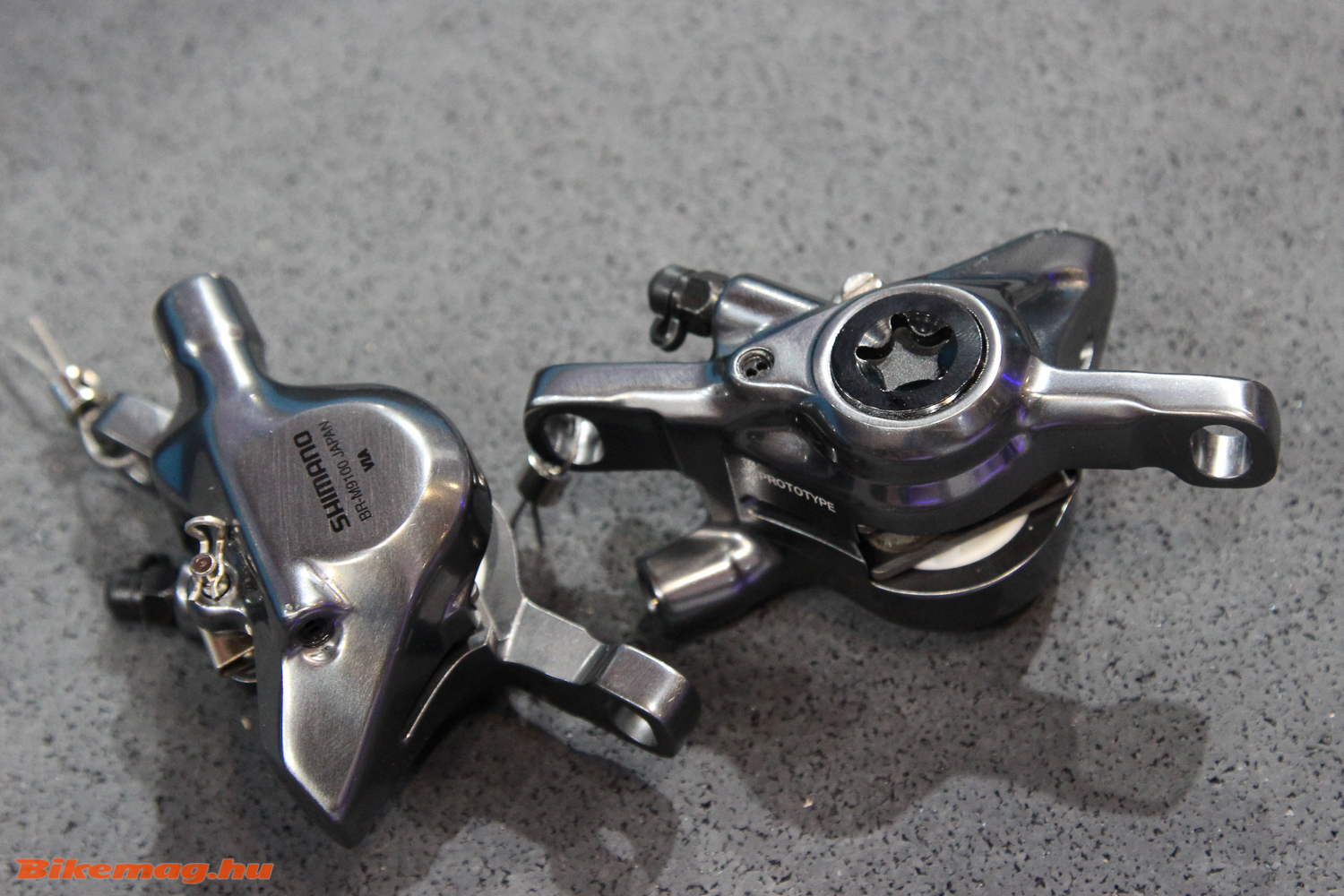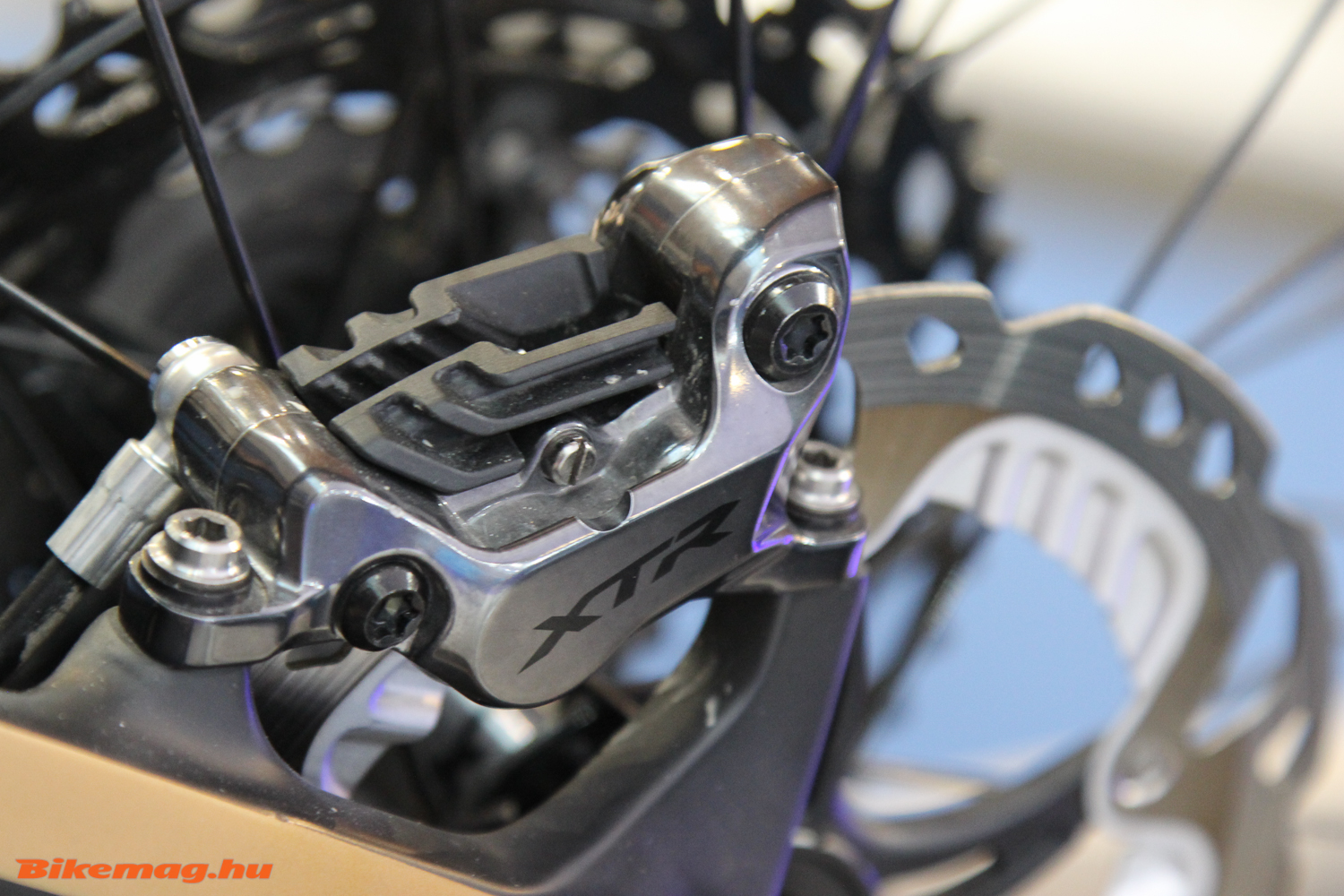We have written extensively about the new Shimano products for 2019, however we were able to see and experience in person what the Japanese giant has in store at the Eurobike trade exhibition. In this two-part article, we would like to deal with the most important novelties in detail.
The newly introduced 9100 XTR group set is not the direct result of the usual meticulous refinements which characterizes the brand, but a complete revamp of their top-tier MTB components, loaded with ingenious hi-tech innovations. The mountain bike segment of the industry seems to develop at a rather fast rate, hence the previous XTR 9000 series – introduced back in 2014 – is already showing signs of being outdated. Five years is quite a span in modern technology, the requirements and expectations have changed greatly in cycling, especially concerning MTB bikes.
By contrast, the former 9000 Dura Ace or the 6800 Ultegra road group set introduced in the same time frame as the XTR 9000 is still competitive even on the highest level of racing. In absolute terms, the newly introduced road components bring important refinements, but the change can still be considered subtle. On the other hand, the MTB market has clearly shifted from a double to a single chainring drive system in the previous 5 year period, and Shimano’s main competitor has already debuted an affordable version of its 1×12 speed group set. Such a landslide change in technology forced the Japanese to come up with a blow rivalling Pearl Harbor to regain its market dominance. So a deadly weapon was developed in the form of the new XTR, it now reached the target, and virtually detonated the MTB component market. Shimano actually carried out a double prong attack: the XTR 9100 component line will be available both a single as a double chainring option, meeting virtually every need on the market.
Let’s start with one of the gems in the new XTR, the crankset. The 24 mm diameter axle and the hollow forged aluminum manufacturing technology remains the same, but the left crank arm receives a completely new method of mounting. The solution is similar to that used in the decade old M970, where the left arm is fixed by a screw threaded inside the axle, while the bearing pre-tension can be adjusted by a ring attached to the arm.
It is a complete novelty that the traditional arms holding the chainring have disappeared from the right side arm, sprockets of various sizes (30/32/34/36/38T) are fitted using a direct mount system and a central bolt attachment. The chainrings used for the single drive system have a new tooth profile, which prevents the chain from falling off. In case of a dual chainring setup, the large sprocket is mounted to the right crank arm as in the case of the single ring version, and the smaller sprocket is bolted onto it. For the time being, only a 38-28T combination will be available, due to the restriction of the front derailleur’s 10T capacity. It is a great advantage that the cranks are not specific to one or the other configuration, so they can be easily converted from one-by to two chainrings and vica-versa.
The finish of the crankset is simply stunning, worthy of a top-of-the-line premium product.
The previously undervalued rear cassette has now regained some of its charm due to the single front drive. It has now become one of the most important element of the shifting system, utilizing incredible technologies and machining. So much so, that the 12-speed XTR cassette is one of the main novelties of the 9100 set, moreover it is attached to the wheel hub by the way of a special cartridge body named Micro Spline. This was necessitated due to the fact that the HG type Shimano cassette body could not take a sprocket any smaller than 11T. The newly developed Micro Spline system permits the mounting of a 10 tooth smallest sprocket, thereby greatly increasing the gear range of the 1×12 drive system. The three largest sprockets of the 10-51 cassette are made from super strong aluminum alloy, the middle ones are titanium alloy mounted on heavily machined aluminum spider arms, while the smallest sprockets are tool quality steel elements placed one by one on the cassette shaft. The weight of the 10-51T cassette is 359 grams, exactly the same as the top model from Shimano’s main competitor. For those who are bothered by the large jumps between the gear steps, Shimano offers a 10-45T cassette option, which can be used with either 2×12 or 1x12s drive systems. Even more surprisingly, the new XTR 9100 offers an 11 speed cassette option as well, which utilizes the above-mentioned technologies, and can be retrofitted to previous group sets from the Japanese giant (e.g. XTR 9000). This option clearly targets the demanding weight-weenie crowd and racers who still have older components.
It is important to note that the sprockets are not only machined to help the chain onto the larger neighbor (e.g. lower gears), but also in the other direction. This cuts gear change lag to a third. The chain is made with hollow pins and uses a patented joining method called QUICK-LINK.
There will be no less than 3 different rear derailleurs available, the one-by system has a mid and a long cage option, the former works only with the 10-45T cassette, the latter is 28 mm closer to the ground, but it can handle the gigantic 10-51T cluster variant. Model RD-M9120 designates the sole two chainring compatible rear derailleur, and it can only by paired with the 10-45T cassette option on the rear wheel. All derailleurs are Shadow RD+ designs with an increase in spring resistance in order to keep the chains stable on even most challenging terrain. The new 13-spoke pulley wheel is also a novelty, allowing more precise changes with less resistance.
The front derailleur features a Side Swing mechanism, which is compatible with a variety of mounting options. Itis interesting that Shimano offers simple, adjustable chain guides for single chainring systems. These small plastic parts add minimal weight, but prevent the chain from dropping in extreme cases — e.g. falling with the bike) –, where chain re-installation is often a lengthy process.
The shifter for the rear derailleur is available with two clamp variations. Using the I-Spec EV Brake Arm allows common attachment with the brake lever along with a wider latitude for adjustment found on the previous versions of the I-Spec concept. Of course, there will also be a traditional clamp version available for those who choose not to ride with Shimano brake systems. Compared to the 9000 series, the shifter mechanism have been fine-tuned resulting in reduced friction, hence Shimano claims it that operating these new shifters require 35% less effort and 20% saving in time.
In case of a double chainring setup, the shift lever for the front derailleur does not work the way we have come to expect from with Shimano, it has only a single shift lever that operates as a two-position switch. This results in a much simpler in construction, and is also also easier to operate, learning the shifting technique requires just a few clicks.
For those using a single chainring setup, there is a, I-Spec EV left side shifter which can operate a compatible cable actuated “dropper post”.
Shimano’s the new hub technology has been covered in great detail by my colleague.
In a nutshell, the venerable, well-established cone bearing system remains, but this also entails that it will not be possible to convert the hubs to different axle standards. The main development is the new cartridge body system I mentioned previously, which houses the so-called Scylence mechanism, allowing for extremely quiet operation and fast (7.6°) engagement.
Two different brake models were introduced for this new XTR group set. Both come with I-Spec EV clamps, and its position on the bar has also been redesigned. It is fascinating to see that apart from the clamp, there is another portion of the brake body that leans onto the handlebar, ensuring more secure attachment and offering a stiffer braking feel. Operating the lever for a given braking power requires less force compared to previous Shimano models.
The two-piston brake body for the XC variant is a one piece construction, it’s 26 grams lighter than the 9000 series predecessor. The alternative 4-piston model is intended for enduro applications, it offers greater braking power and better heat dissipation.
In the next part of this Shimano 2019 product introduction we’ll be showing you the road and e-bike novelties.
Further information:
Paul Lange of Hungary
http://paul-lange.hu/markaink/shimano/
Paul Lange Hungary Facebook
https://www.facebook.com/paul.lange.hungary/?ref=br_rs



